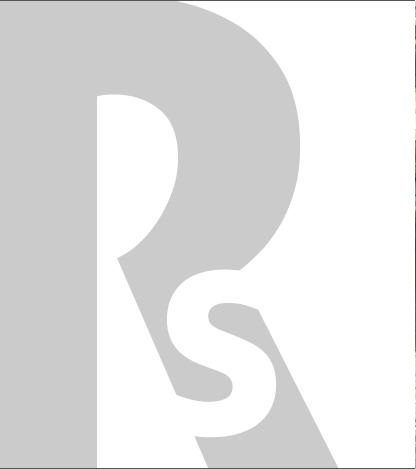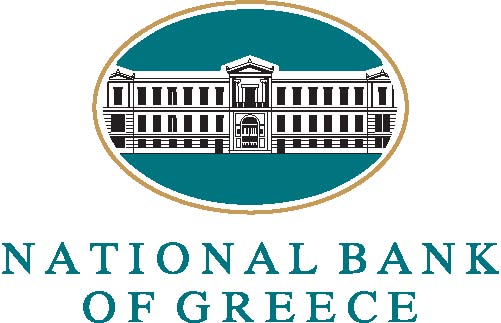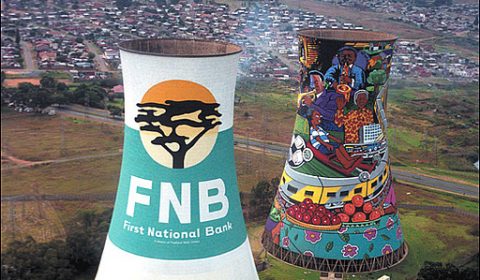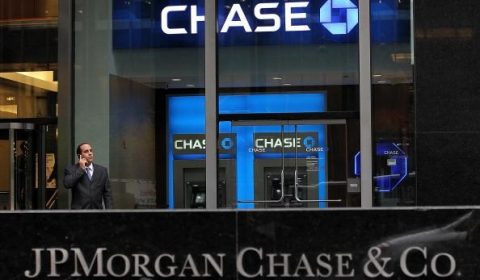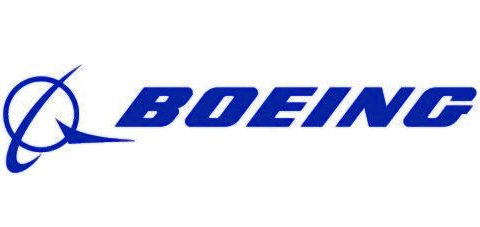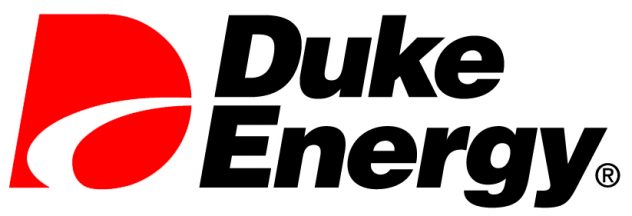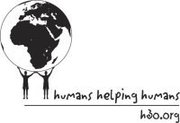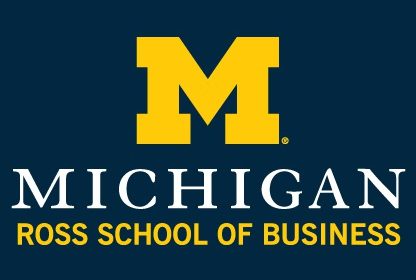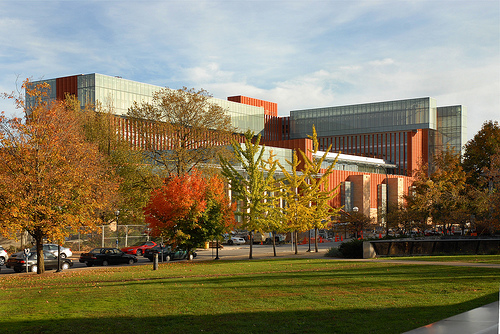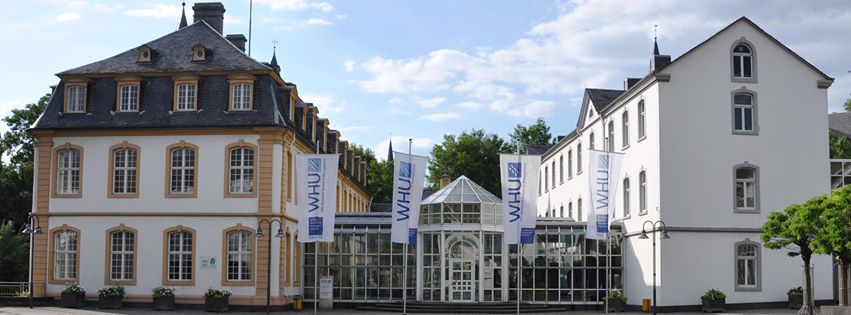I have been very fortunate to have the opportunity to work with a variety of organizations of different sizes in different industries and in different locales around the world. These projects afforded me the opportunity to build strong professional competencies and work with folks from vastly different cultures.
Please see some of my projects in various parts of the world below or see the detailed list here. The list is organized chronologically.
Location: Athens, Greece
Area: Financial services product Management
This was a formative project for me. I worked with three other experts on the TCS’s BaNCS Custody Management system to customize and maintain the system at the National Bank Of Greece. Our team was single-handedly responsible for managing this system with over US $40M worth of trades being settled on a daily basis.
My work with FNB was truly a breakthrough as I learned about independently handling a project and ensuring client satisfaction as a key tenet of working as a professional. I Customized the Securities lending module for the South African Market by working with FNB subject matter experts (SME’s) to understand the regulatory environment and market idiosyncrasies in South Africa and deployed fully customized modules.
Area: S/W Product Development – BaNCS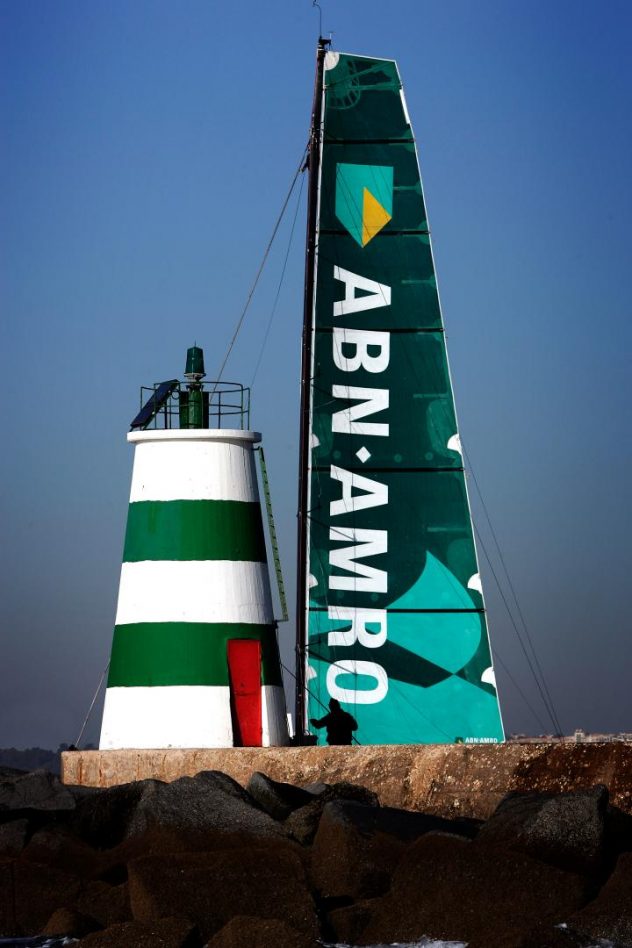
This was my first project where I helped design and customize the early version of BaNCS to the requirements of ABN AMRO.
As a Module leader, I was responsible for understanding the customer interaction and built a strong set of capabilities that set me on a path to career success.
Area: Developing a Management reporting system
This was a project for the credit card division of JP Morgan Chase. The objective for my team was to develop a management reporting system for providing visibility into the performance of customer service group at JPMC. This project required me to identify the key performance parameters for customer service that the management needs to make strategic and tactical decisions. After identifying the requirements I started leading the project development with an onsite and offshore delivery model .
One very interesting aspect of the project for me was when right in the middle of the project it was announced that JP Morgan Chase is buying Bank One. One of the effects of the deal was that an expected 10,000 jobs would be eliminated. This was a major blow to the overall morale of the group as there were major areas of overlap between the two functions and till the merger was complete it was unclear which positions would be eliminated.
Under these circumstances, we started facing issues of access to the key information resources within the client organization. Given that it became difficult for us to continue the project on schedule. With these issues looming over the project the morale within my team also started to wane. Given these circumstances I figured that if nothing was done the project would be a failure and may even further hurt the chances of the JPMC team to be kept intact post merger.
With this perspective, I approached the team managers and convinced that it was in their best interest to keep the project moving ahead and present their superior solution to the top management. We then started concentrating on delivering on the requirements in the best possible manner and with the concentrated efforts from the JPMC team as well as our onsite and offshore teams.
Location; Seattle, WA, USA
Area: Knowledge Management
This was a dream project for me as an engineer working with Boeing. In fact, I had always imagined working with Boeing as pretty much the epitome of geekdom for myself 🙂 . So, In 2004 I got my opportunity to work with Boeing on one of their projects through TCS. The scope of the engagement encompassed several areas including CAD/CAM data management for the CATIA software by Dassault Systems onsite and offshore application development and protocol for Knowledge management and transfer.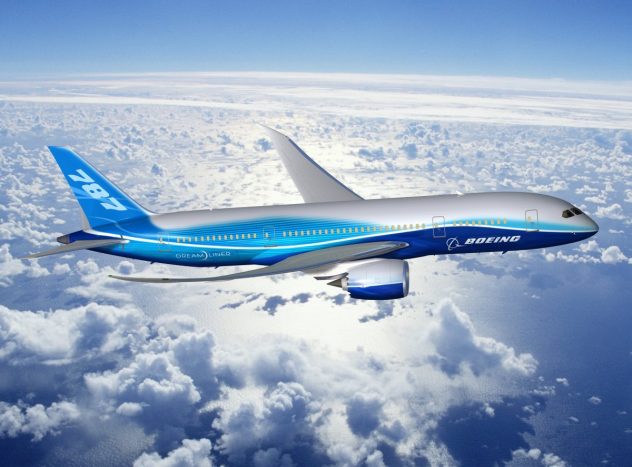
I started working with the team that developed the knowledge transfer protocol to ensure well laid out structures for business processes to continue after the departure of key resources in a project. The nature of churn (employee turnover) at Boeing has traditionally been very low so the organization did not have much trouble with keeping the organizational knowledge and learnings in-house. However with the rapidly changing employment scenarios as well as the fact that the Boeing was working with over 300 suppliers for its 787 Dreamliner program it was imperative for the organization to develop formal knowledge management systems that allowed for the organizational knowledge as well as critical data to be captured and stored inhouse in a secure environment. At the same time the system needed be easy to use and maintain the data and knowledge easily searched and retrieved and user friendly enough to ensure optimal usage and compliance.
With these objectives in mind I was tapped by the TCS management to use my previous experience with the development of Management Reporting system at JP Morgan Chase to start putting together pieces of a KM system.
- This was a huge initiative so, I started with the requirements gathering for the system.
- Interviewed the internal KM team at Boeing and determined the challenges” issues and best practices they had observed till now.
- Then I started working on a KM collaboration framework that would allow for Boeing to not only manage their internal organizational knowledge but also share the knowledge in a secure and controlled manner with various program partners.
- Then created an initial framework for Knowledge management with customized offerings for each set of requirements”and developed processes for easy archival search and retrieval of the knowledge.
The project proved to be a major success and along with other KM initiatives at Boeing, it has laid the foundation for Boeing to become a Knowledge organization. The project has been given a major push and in 2007 KM was the key topic discussed at length in Boeing’s internal magazine called Boeing Frontiers. The pdf of the article can be seen here. Boeing Frontiers Cover October, 2007.
Location: Ann Arbor, MI, USA, Brighton, UK and Toronto, Canada
Area: Strategic Analysis and Customer Service
This was a Business School program that the Ross is really know for Multidisciplinary Action Program (MAP). This is where our theoretical business school education is put to test in the real world by taking on a real life challenge in a business and providing solutions and recommendations that the businesses actually end up implementing more often then not.
Our project was with the Customer Service International (CSI) group of American express. CSI is comprised of over 5,000 customer service experts all across the globe who form the front line of the customer service at AmEx. The objective of the project was to study the customer’s perception of the service offerings by AmEx in UK, Canada and Australia. Also based upon those findings we were to develop a set of recommendations that would allow AmEX to position itself as a best in class service provider in the target countries.
Here’s how we went about the project:
- First of all, we benchmarked the best of class service provider perception of AmEx in the US by studying the products and service matrix offered by AmEx identifying customer touch points and studying standards for execution by frontline employees and customer service professionals.
- We travelled to UK and Canada and interacted with customers and understood the cultural standards for best customer service.
- Listened to the customer service calls in the AmEx’s call centers. Interacted with the customer service reps to get their perspective on the customer expectations and how are they handled.
- Identified the most important customer touch points and then analyzed several interactions across the globe to identify the set of actions that convey the perception of best in class experience.
- Conducted competitive intelligence by directly interacting with customers and speaking with customer service reps of the competing credit card providers.
- Analyzed the extensive amount of data and insights collected through the primary and secondary research to develop a set of recommendations tailored to the cultural, socio-economic and on ground realities of the customer service expectations and competitive offerings in UK, Canada and Australia. These recommendations took into account the Return on Investments and obtaining the best bang for the buck.
The approach we took was to identify opportunities for creating customer delight at the key touch points and then building processes and standard operating procedures that allow for delivering such experience. For instance, in UK any time a card is rejected due to the transaction being over the credit limit for the card holder leads to embarrassment of the customer. So, we recommended a process change that had the customer call the AmEx customer service center while at the POS and we extended the credit limit temporarily for the customer to allow him/her to use their AmEx card to make the purchase.
Similarly, when a card member traveling happens to lose his/her AmEx card we recommended providing a replacement card within 24 hours rushed to the customer’s current location rather than the registered address. This facility was available only in the US. We recommended providing this as a standard procedure in all the countries we studied.
Location: Beijing and Shanghai, China 
Area: Strategy development
This was my internship between first and second year of my MBA degree at Ross where I worked directly with David Chen, Vice Chairman and President (COO in 2006 when I worked with him) at VanceInfo (NASDAQ: VIT). Vanceinfo at that time was known as Worksoft Technologies and had just taken a second round of funding from Sequoia Capital. With my extensive international experience with TCS, I was consulting David on making VanceInfo a force to reckon with in the nascent Chinese IT industry.
One specific objective for me was to analyze changing landscape of Chinese financial services industry and develop strategic road-map for VanceInfo’s Financial Services vertical to grow ten-fold in 3 years. As a benchmark for the result VanceInfo’s revenues from Banking and Financial Services went from less than 2% and just one client to over 16% in the quarter ending March 2012.
I also worked closely with David performing financial and marketing analysis to identify potential value creating opportunities; recommended strategies for acquisitions partnerships and geographic expansion to identify key business opportunities and formulated operational business development and HR strategies to establish VanceInfo as leader in Chinese IT industry in next 3 years.
Location: Limerick, Shannon, Ireland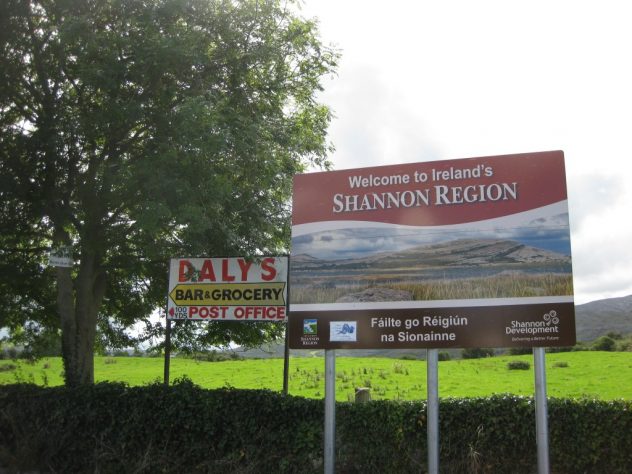
Area: Strategic Development
Shannon Development Authority is a government owned entrepreneurial regional development agency for the Shannon Region of Ireland which covers counties Clare Limerick North Tipperary South Offaly and North Kerry. This was a project commissioned for feasibility study of developing Ireland as the center for bio fuels generation in Europe by leveraging obvious geographical and climatic advantages of Ireland.
Our analysis included:
- On ground study of ethanol production facilities in the US and interviewing key bio fuels experts in the world.
- Technology assessment and comparison of various bio fuel including first and second generation Biofuels.
After considering various factors including: crop growth dynamics transportation economic value environmental concerns and project ROI we finally settled on the second generation Cellulosic Ethanol via Enzymatic Hydrolysis Processes with Miscanthus (Switchgrass) as base crop
- Created project feasibility plan based upon the current infrastructure land costs construction costs technology maturity levels fuel prices cost of product transportation and integration into the fuel supply chain and other key factors.
- Given the nascent stage of technology and high costs of cellulosic ethanol generation we knew that it would take the Shannon government some time to commission the project so we created an innovative financial modeling system to model the project IRR ROI and other performance matrices based upon the output fuel prices and input and other infrastructure costs.
- Our analysis recommendations and financial modeling system has been used in the subsequent studies and has become an important part of the knowledge base for the Shannon Development Authority.
Location: Detroit Michigan Ann Arbor 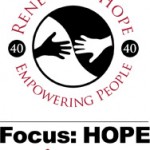
Area: Non Profit Program Development
Focus: HOPE is a Detroit-based non-denominational non-profit organization whose aim is to overcome racism and poverty by providing education and training for underrepresented minorities and others. The organization is a public foundation under section 501(c)(3) .
Focus:HOPE wanted to repurpose one of their buildings on their vast 40 acre campus to start a new set of programs for the downtown Detroit community. The program was conceived under the name of Center for Community(CfC). I was assigned on this 3 month project to assess the internal team vision for the CfC as well as understand the requirements of the communities around the Focus:HOPE campus and develop a master plan.
I conducted personal interviews with the top management as well as board members of the organization. I also designed a questionnaire for the local community members to determine their requirements and aspirations from the CfC. I then analyzed the responses from all the sources and developed a set of recommendations for the scope and structure of programs and the funding requirement of US $15Million.
Post the data gathering and analysis I jumped into the process of making the vision of CfC a reality by working on the financial and structural requirements of the program as well as program delivery mechanisms. So I launched into a multi-pronged approach to develop strategic plans for the CfC. I started interviewing partners to provide onsite services including Health and wellness partner: YMCA of Greater Detroit Counseling partner: University of Michigan psychology department Public policy partner: Ford school of Public Policy at University of Michigan
I finally presented the report analysis and my recommendations for strategy and execution to the board including Eleanor M. Josaitis. A modified version of the program has been implemented at Focus:HOPE after further study and practical considerations under the name: Hope Village.
Location: Charlotte, North Carolina, USA 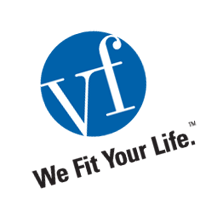
Area: Product Management and Strategic Account Management
This was my first full time position after graduating from the business school. I joined under a special HCL program called GEMS ( Graduate Engagement ManagerS program).I volunteered to join the HCL’s retail practice and picked a position that allowed me to engage in both solution delivery (my old expertise), Product Management and Business Development (my new found skillset). HCL at that time had a very unique way of aligning its sales and delivery function. It did this by making the sales account manager partly responsible for delivery as well. This allowed me to straddle the line between technology services business development and delivery thus ensuring a deep experience in both the areas.
At the same time, I started building a strong competence in Product Management by working closely with VF’s internal Product team for www.majesticathletic.com (10K+ daily visitors)and customized online uniform center uniforms.vfimagewear.com (2k+ daily visitors).
I was responsible for HCL’s relationship with one of the world’s largest apparel brand owner with over US $8 Billion in revenues every year. I lead of team of over 60 individuals based in the US and in India to deliver multiple solutions to the client.
Our team was working on multiple areas and avenues for our clients including a major e-Commerce platform development, Real-time Order Management System, Master Data Management (MDM) and Service Oriented Architecture (SOA).
I also, gained significant experience in All aspects of retail and eCommerce business by Extensively participating in designing solution offerings to retail customers in the areas of:
- Supply chain management
- Warehousing management
- Inventory management
- Pricing
- CRM
- Planning and demand forecasting
- Merchandising
- Demand intelligence
- Payment gateways
- Point of sale systems
Location: Charlotte, North Carolina, USA
Area: Program Management
Duke Energy is the world’s largest energy company with yearly revenues of over $50B and presence in five states in the US. 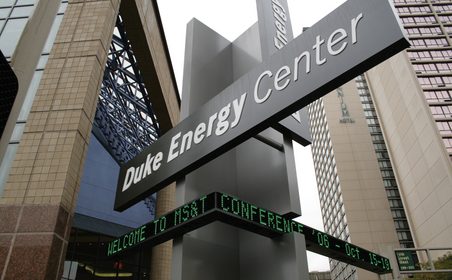
With the improvements in technology including smart meters and remote data acquisition capabilities as well as new legislative requirements including pollution control energy usage reduction norms as well as environmental activism in the US Duke found itself in need of new programs and ideas that would help it engage consumers in testing new energy conservation programs billing methods and other opportunities to leverage technical advancements and satisfy their legal as well as environmental regulations.
Almost all of the customer interaction in the past have involved billing and connection-related services (new requests transfers disconnection etc.) and complaint addressing.
I worked with a special group at the Duke energy that was specifically setup to assist with running special pilot programs to test several energy efficiency and customized billing solutions. Our job was to plan and execute the several pilot programs simultaneously. As a first step we took the inventory of the pilots that we needed to execute and then moved towards planning that involved the following parameters:
- Analyzing the program completely to plan for resources and time required to run the pilot effectively
- Identify the program success parameters
- Identify potential consumers for the pilot by analyzing historic consumer usage behavior” demographics as well as state and local regulations.
- Identifying consumer value proposition and strategize the communication with consumers.
- Identify the various consumer touch points and mode of communication including personal call, SMS, and Automated IVR solutions.
- Enrolling the consumers in the program through a select group of highly experienced customer service representatives and niche social media solution Ning.
- We build the virtual community on Ning and provided a unified platform for consumers to interact with us as well as experts from Duke Energy.
- Providing ongoing customer service to the enrolled consumers through the group’s own customer service reps
- Developing dashboards and reporting parameters for active pilots.
- Maintaining internal team communication and reporting through MS Sharepoint.
- Winding down the pilot programs and ensuring that the learnings are communicated to all the stakeholders.
This project was one of the most interesting and challenging projects for me as it involved the huge uphill task of changing the consumer attitude and behaviors and having them think and be involved in one of the areas: electricity that most of the US consumers take for granted for the most part.
Skills used and enhanced: Program management, Customer Engagement strategy, behavior analysis, dashboard development, management reporting, team recruitment
Location: Charlotte, North Carolina USA and Nairobi, Kenya
Area: Microfinance
Humans Helping humans (h3o.org) is a 501(c3) not for profit microfinance fund based out of Charlotte NC USA. It raises funds from people in the US and provides those funds to microfinance institutions (MFI) in Kenya and Uganda to give out as micro loans to entrepreneurs. I was consulted to help the organization in formalizing their business processes as well as develop the fundraising and fund distribution channels. Working as the pro bono CEO of the organization I accomplished the following:
- Developed the organizational structure to ensure clear mandates for each individual
- Formed the advisory board and helped recruit prominent business and local administration figures to position them as future board members “
- Developed ways of working for the organization and formalized processes for:
- Criteria for selection of partner microfinance organizations in Kenya and Uganda
- Develop process for due diligence of the partner organizations to minimize fraud risks
- Developed schedule for funds generation and cross border fund transfer to minimize fund transfer delays and improve timely payment release to the entrepreneurs
- Developed funds transfer schedule to ensure meet international financial laws while reducing tax liabilities and transaction costs.
- Delved into the mobile banking solutions prevalent in Kenya and consulted MFI’s to reduce cost of funding for microloans to the entrepreneurs so that the cost of funding could be reduced
- Created marketing plan for the organization to leverage social media advancements in mobile technologies to raise higher quality longer terms loan funding.
- Created structure for an ambitious program to develop small scale infrastructure projects through microfinance funding model.
- Increased the loan portfolio at h3o by over 250% and more than doubled the number of MFI partners.
CEO and Co-founder
- Co-founded the company & primed it up for eventual acquisition. Bootstrapped the company and grew the employee count from zero to 19.
- Personally led Business strategy. Product management, go-to-market strategy and customer acquisition
Product Conceptualization and Development
- Conceptualized & launched Dockon*us an eCommmerce content curation, discovery & recommendation platform based upon big-data analytics focused on Mobile & Tab users that attracted 4000+ users in pre-beta stage
- Led development of unique Intellectual Property: Machine Learning based recommendations engine – VIPE (Visitor Intent Prediction Engine) using Apache Mahout on MongoDB. Initiated continuing technology development agreement with Artificial Intelligence Lab at the University of Michigan, Ann Arbor
Digital Marketing
- Led strategy for managing INR 2cr digital marketing budget. Achieved 70% ROI on campaigns and improved incoming lead quality by over 150%
- Conducted in-depth assessment and managed execution of digital strategy using all digital marketing channels for customer acquisition and service delivery including PPC, SEO, Social Media marketing, editorial articles, blogs, website redesign, customer life cycle management, retargeting and analytics
Stephen M. Ross School of Business, University of Michigan, Ann Arbor, USA
MBA, Corporate Strategy and Marketing, 2005 – 2007
Education: WHU – Otto Beisheim School of Management 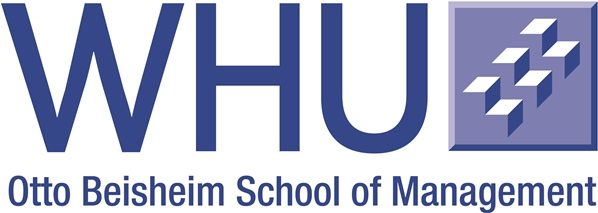
MBA Exchange Program 2006
